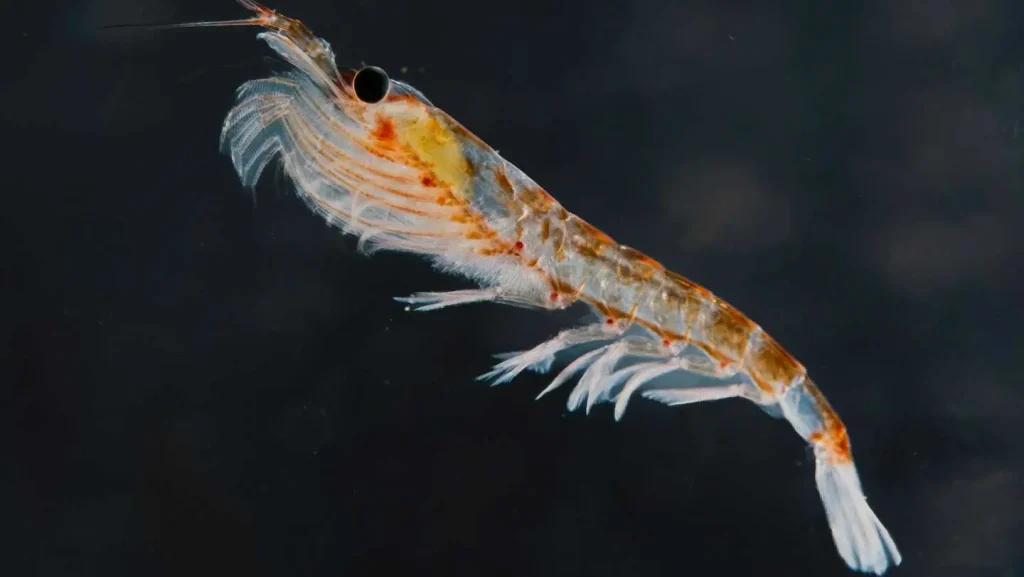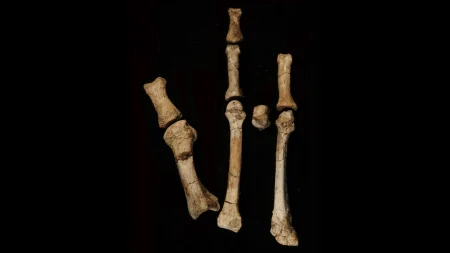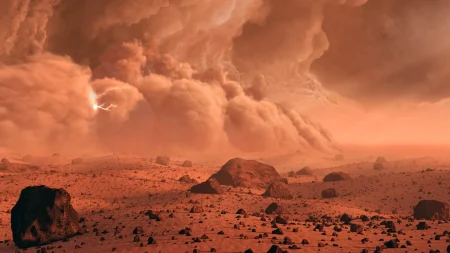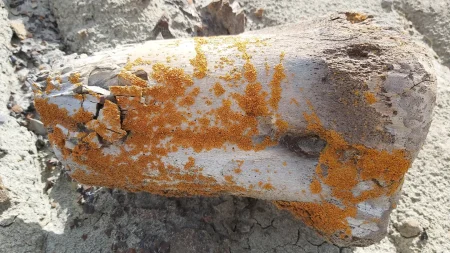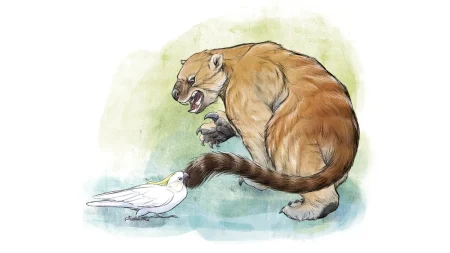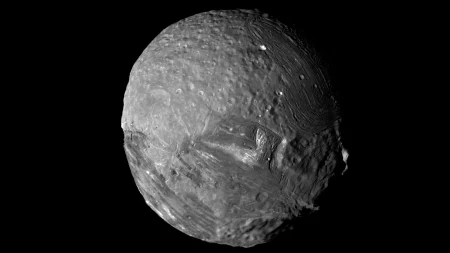The Unexpected Climate Heroes: Antarctic Krill’s New Superpowers
Antarctic krill, those tiny crustaceans swimming in the frigid Southern Ocean, continue to surprise scientists with their outsized impact on our planet’s climate. Recent research has revealed yet another way these remarkable creatures help regulate Earth’s climate system, adding to their already impressive environmental resume. While scientists have long known that krill sequester significant amounts of carbon through their excrement, which sinks rapidly to the ocean floor, a new study published in Biology Letters on October 7 has uncovered another fascinating mechanism: their rejected food leftovers, known as “boluses,” also play a crucial role in carbon sequestration.
These diminutive ocean dwellers, scientifically known as Euphausia superba, are fundamental components of the Antarctic marine ecosystem. They exist in such vast numbers that their swarms can be observed from space, providing essential nutrition for a diverse array of marine animals including whales, seals, penguins, and countless fish species. Their ecological importance extends beyond being mere prey – their biological processes actively contribute to climate regulation. The carbon sequestration achieved through krill poop alone is estimated at approximately 20 million metric tons annually, rivaling the carbon-capturing capacity of mangrove forests, which are widely celebrated for their climate benefits.
The feeding behavior of krill is both complex and efficient. As filter feeders, they draw in seawater and extract phytoplankton, compacting these microscopic plants into dense masses within their mouths. Using specialized appendages, including their mandibles, krill manipulate these masses, pulling off strands to consume. What they digest becomes waste pellets that sink rapidly to the seafloor, effectively locking away carbon for at least a century. However, when the accumulated food mass becomes too unwieldy for the krill to manage, they expel it as a bolus. Researchers from the University of Tasmania, led by ecologist Anita Butterley, observed this process in laboratory conditions and made an important discovery: during phytoplankton blooms when food is abundant, krill eject more boluses, which also contribute significantly to carbon sequestration.
Perhaps the most concerning finding from this research relates to the impact of microplastics on krill feeding behavior. In what began as an accidental contamination in some experiments, the scientists observed that the presence of microplastics in the water caused krill to produce three times more boluses compared to control experiments. This unexpected finding suggests something troubling – microplastics may be causing krill to reject perfectly good food even when they aren’t satiated. This discovery adds to mounting concerns about how plastics in our oceans might be interfering with marine ecosystems at fundamental levels.
The implications of this plastic-induced feeding disruption are particularly worrisome given that microplastics have already been detected in Antarctic krill populations. Previous studies indicate that krill may actually fragment microplastics into even smaller nanoplastics during digestion, potentially amplifying plastic pollution’s effects throughout the food web. This interaction between plastics and one of the ocean’s most important carbon sequestration mechanisms highlights the far-reaching consequences of pollution in even the most remote regions of our planet.
The research underscores the intricate connections between ocean ecosystems and climate regulation, revealing how seemingly small organisms can have profound effects on global processes. Krill’s dual carbon sequestration mechanisms – through both their fecal pellets and ejected food boluses – demonstrate their outsized role in maintaining Earth’s carbon balance. However, the threat posed by increasing microplastic pollution could undermine these natural climate solutions at a time when we most need them. As we continue to understand the sophisticated ways in which marine organisms contribute to climate stability, we also gain insight into how human activities like plastic pollution can disrupt these delicate systems, even in the remote waters of Antarctica.




